Pest Control
Used to kill cockroaches. Once consumed, it causes internal organs of cockroaches to burst due to gas collection.
Paint and Corrosion Removal
Sodium bicarbonate is used in a process for removing paint and corrosion called sodablasting; the process is particularly suitable for cleaning aluminium panels which can be distorted by other types of abrasive.
pH Balancer
It can be administered to pools, spas, and garden ponds to raise pH levels.
Mild Disinfectant
It has weak disinfectant properties, and it may be an effective fungicide against some organisms. Because baking soda will absorb musty smells, it has become a reliable method for used-book sellers when making books less malodorous.
Fire extinguisher
Sodium bicarbonate can be used to extinguish small grease or electrical fires by being thrown over the fire, as heating of sodium bicarbonate releases carbon dioxide. However, it should not be applied to fires in deep fryers; the sudden release of gas may cause the grease to splatter. Sodium bicarbonate is used in BC dry chemical fire extinguishers as an alternative to the more corrosive ammonium phosphate in ABC extinguishers. The alkali nature of sodium bicarbonate makes it the only dry chemical agent, besides Purple-K, that was used in large-scale fire suppression systems installed in commercial kitchens. Because it can act as an alkali, the agent has a mild saponification effect on hot grease, which forms a smothering soapy foam.
Cooking
With acids
Sodium bicarbonate, referred to as “baking soda”, is primarily used in cooking (baking), as a leavening agent. It reacts with acidic components in batters, releasing carbon dioxide, which causes expansion of the batter and forms the characteristic texture and grain in pancakes, cakes, quick breads, soda bread, and other baked and fried foods. Acidic compounds that induce this reaction include phosphates, cream of tartar, lemon juice, yogurt, buttermilk, cocoa, vinegar, etc. Natural acids in sourdough can be leavened with the addition of small amounts as well. Sodium bicarbonate can be substituted for baking powder provided sufficient acid reagent is also added to the recipe. Many forms of baking powder contain sodium bicarbonate combined with calcium acid phosphate, sodium aluminium sulphate or cream of tartar.
Sodium bicarbonate was sometimes used in cooking vegetables, to make them softer, although this has gone out of fashion, as most people now prefer firmer vegetables. However, it is still used in Asian and Latin American cuisine to tenderise meats. Baking soda may react with acids in food, including vitamin C (L-ascorbic acid). It is also used in breadings such as for fried foods to enhance crispness.
Personal hygiene
Toothpaste containing sodium bicarbonate has in several studies been shown to have a better whitening and plaque removal effect than toothpastes without it.
Sodium bicarbonate is also used as an ingredient in some mouthwashes. It has anti-caries and abrasive properties. It works as a mechanical cleanser on the teeth and gums, neutralises the production of acid in the mouth and also acts as an antiseptic to help prevent infections.
Sodium bicarbonate in combination with other ingredients can be used to make a dry or wet deodorant. It may also be used as a shampoo. Sodium bicarbonate may be used as a buffering agent, combined with table salt, when creating a solution for nasal irrigation.
It is used in eye hygiene to treat blepharitis. This is done by addition of a tablespoon of sodium bicarbonate to cool water that was recently boiled, followed by gentle scrubbing of the eyelash base with a cotton swab dipped in the solution.
In sports
Small amounts of sodium bicarbonate have been shown to be useful as a supplement for athletes in speed-based events, like middle distance running, lasting from about one to seven minutes. However, overdose is a serious risk because sodium bicarbonate is slightly toxic; and gastrointestinal irritation is of particular concern. Additionally, this practice causes a significant increase in dietary sodium.
As a cleaning agent
A paste from baking soda can be very effective when used in cleaning and scrubbing. For cleaning aluminium objects, the use of sodium bicarbonate is discouraged as it attacks the thin unreactive protective oxide layer of this otherwise very reactive metal. A solution in warm water will remove the tarnish from silver when the silver is in contact with a piece of aluminium foil. A paste of sodium bicarbonate and water is useful in removing surface rust as the rust forms a water-soluble compound when in a concentrated alkaline solution. Cold water should be used as hot water solutions can corrode steel.
Baking soda is commonly added to washing machines as a replacement for softener and to remove odors from clothes. Sodium bicarbonate is also effective in removing heavy tea and coffee stains from cups when diluted with warm water.
As a biopesticide
Sodium bicarbonate can be an effective way of controlling fungus growth, and in the United States is registered by the Environmental Protection Agency as a biopesticide.
Cattle feed supplements
Sodium bicarbonate is sold as a cattle feed supplement, in particular as a buffering agent for the rumen.

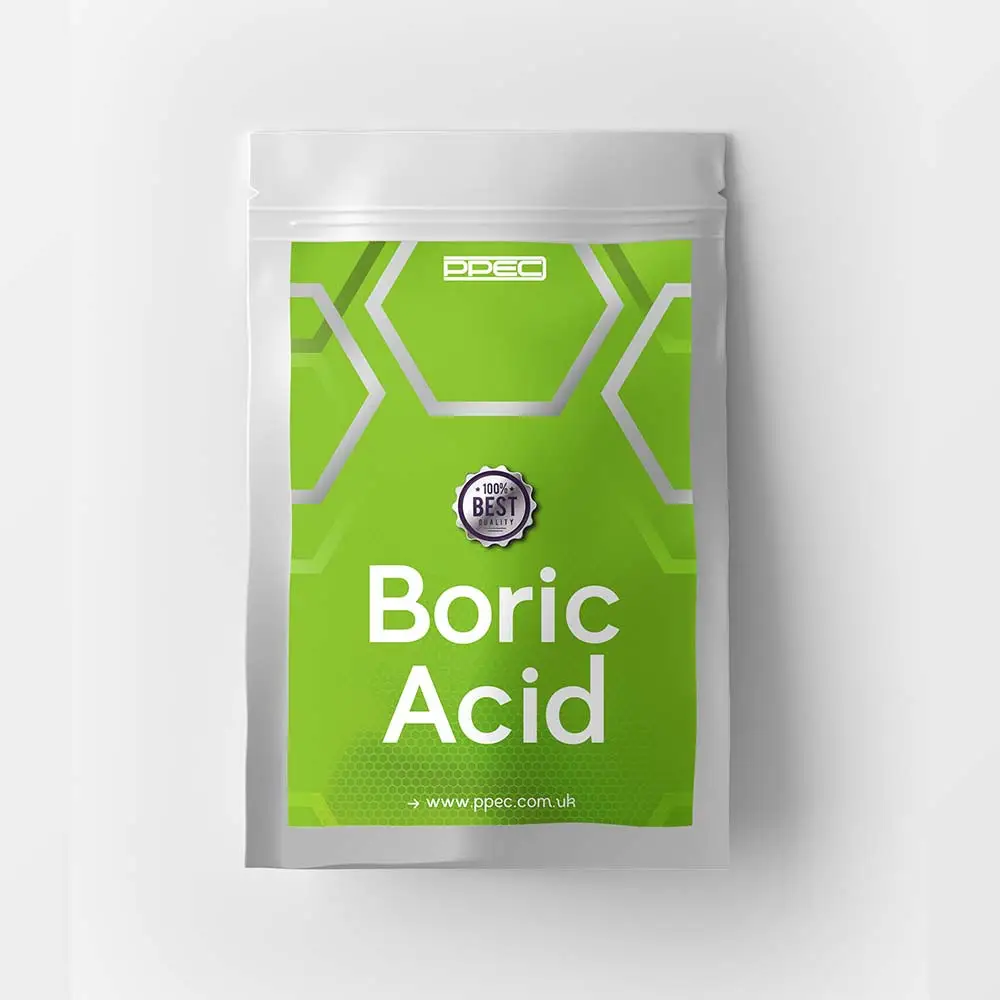
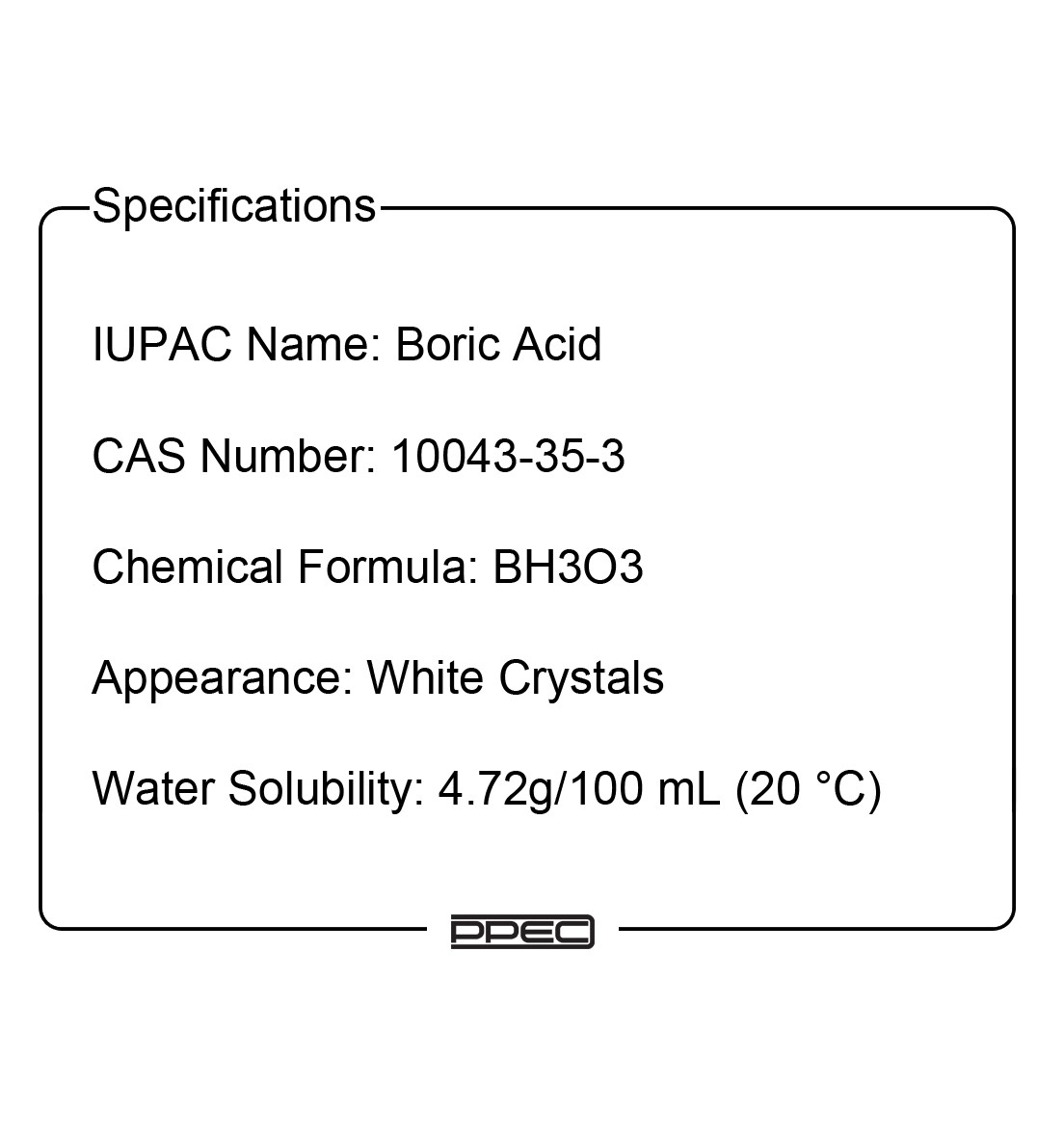
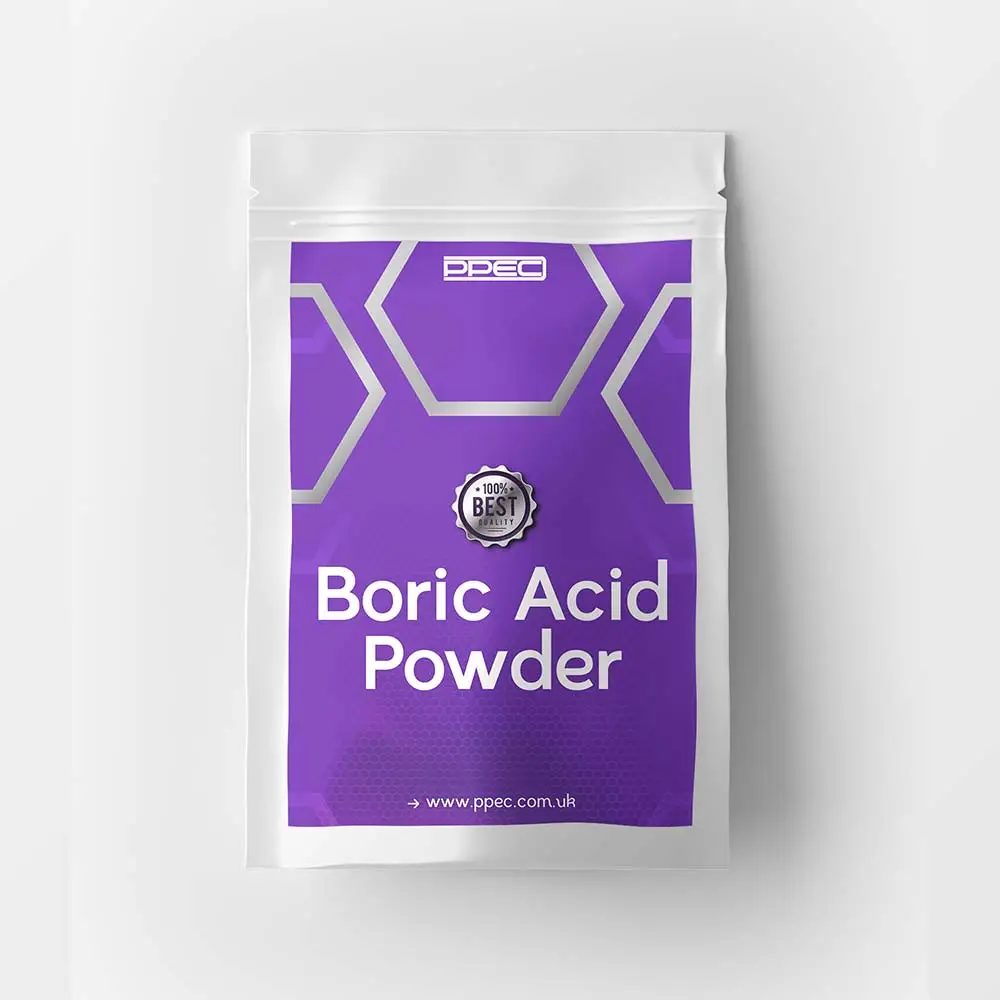
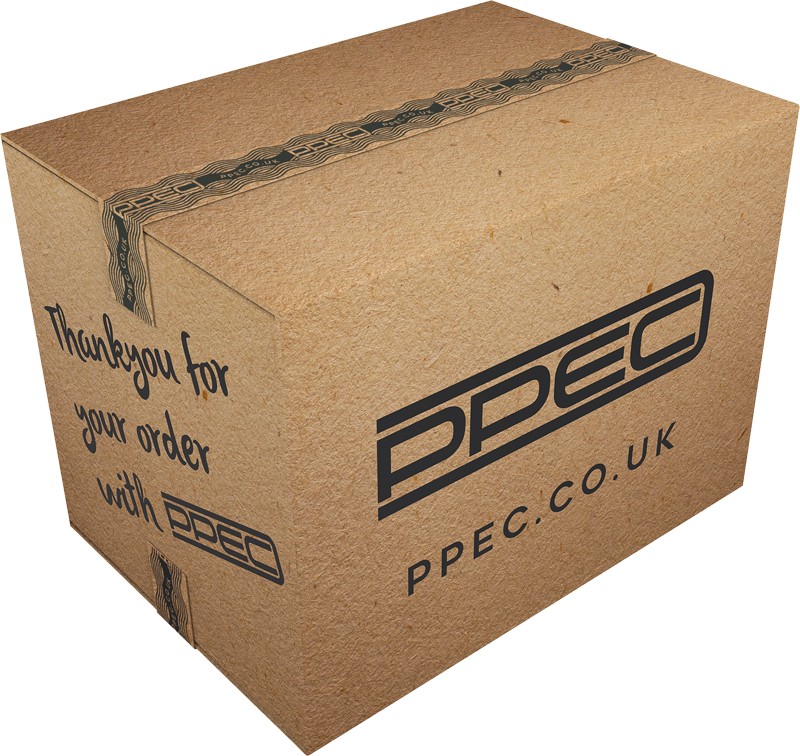
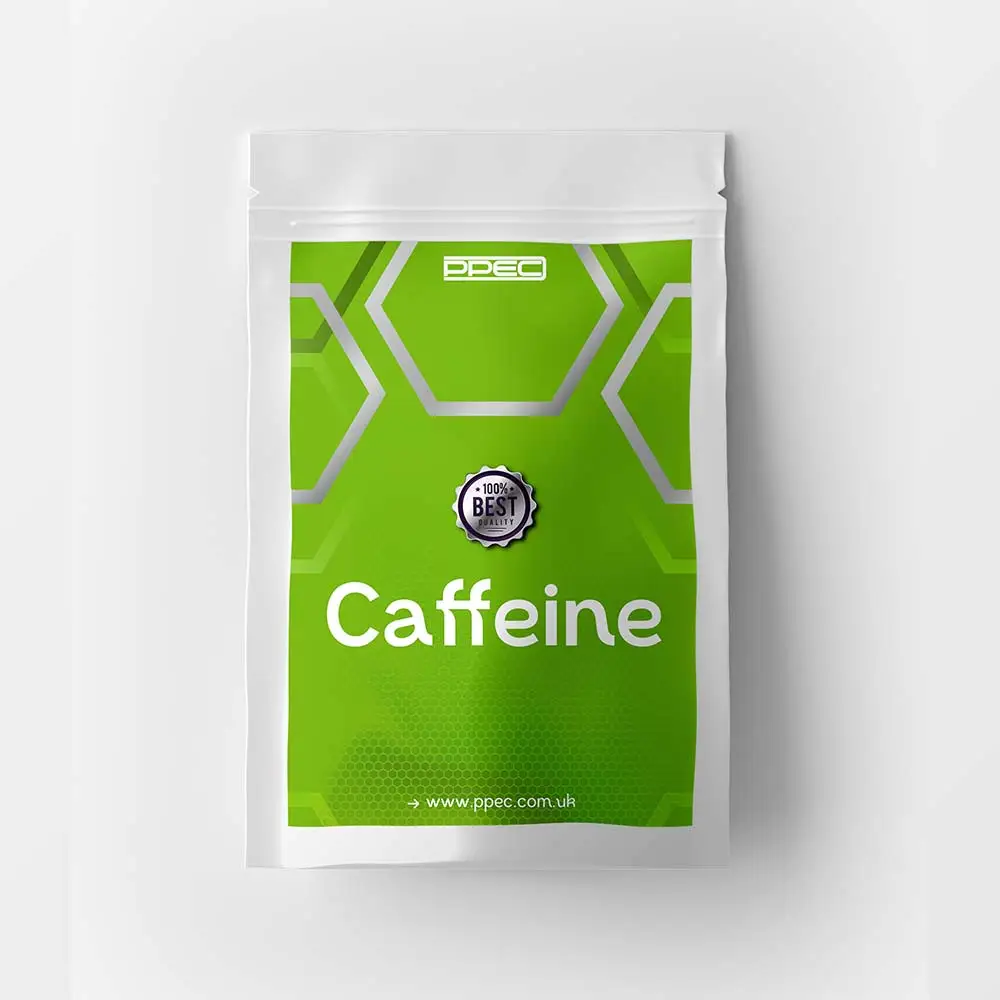
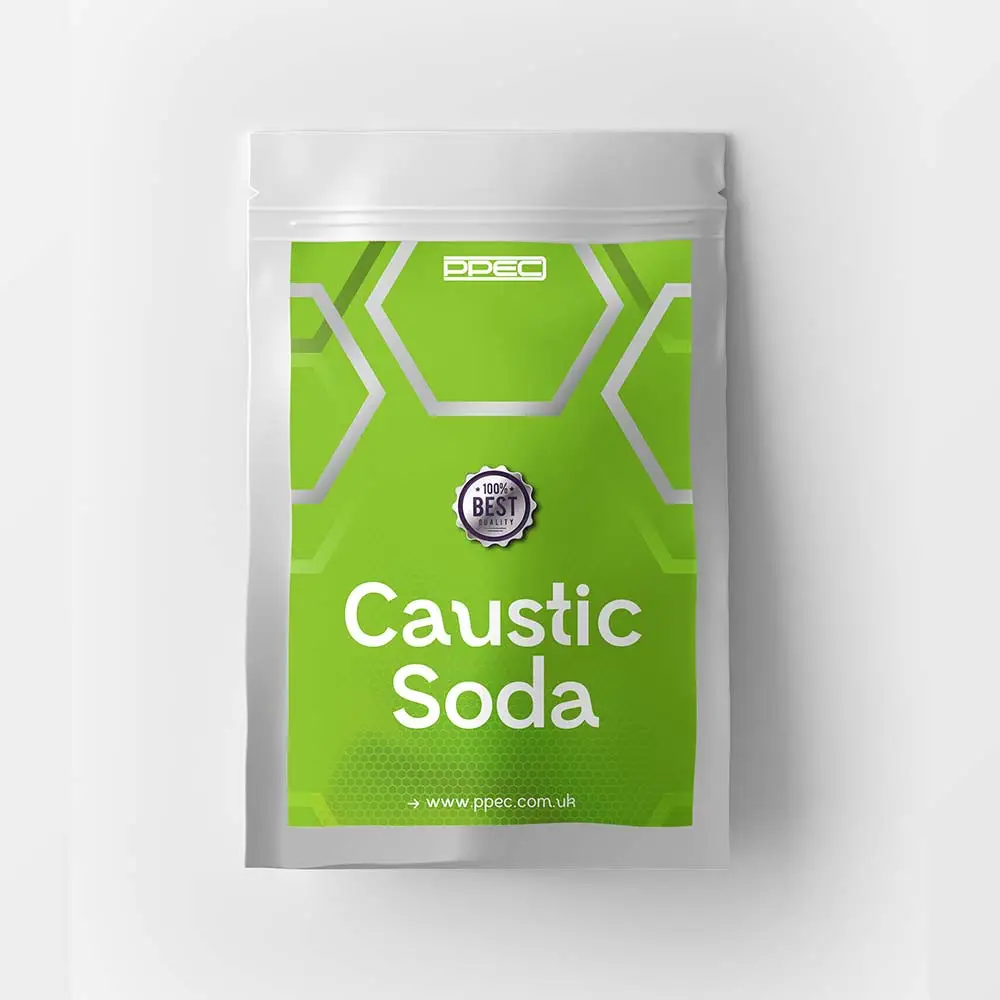
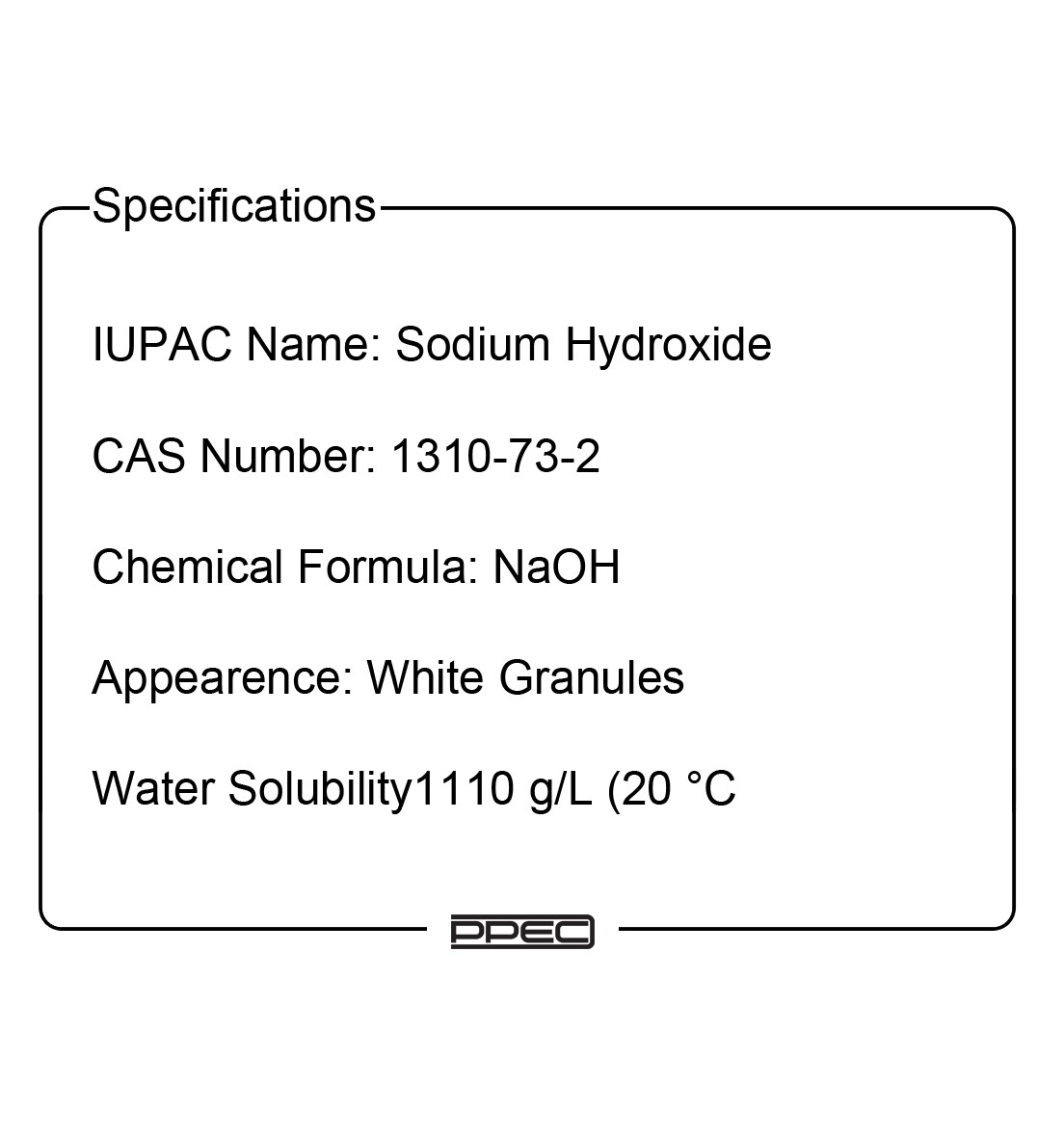
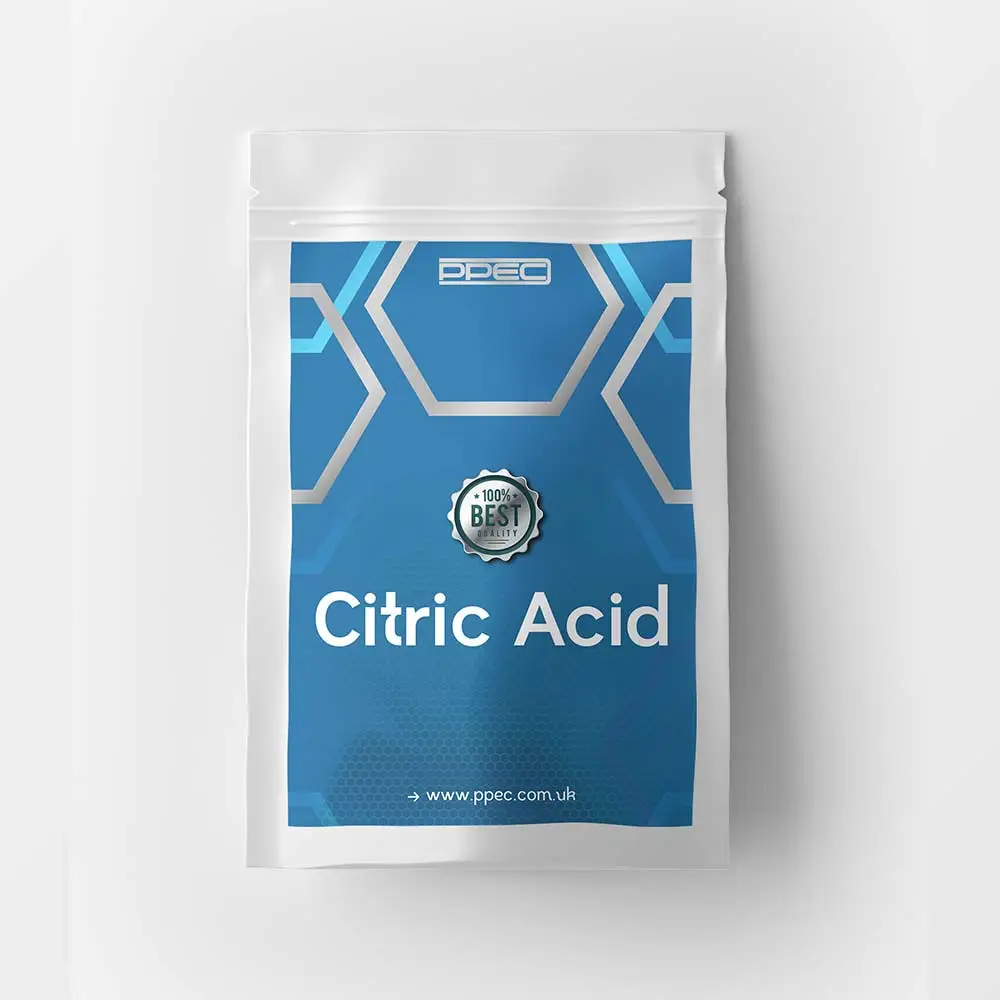
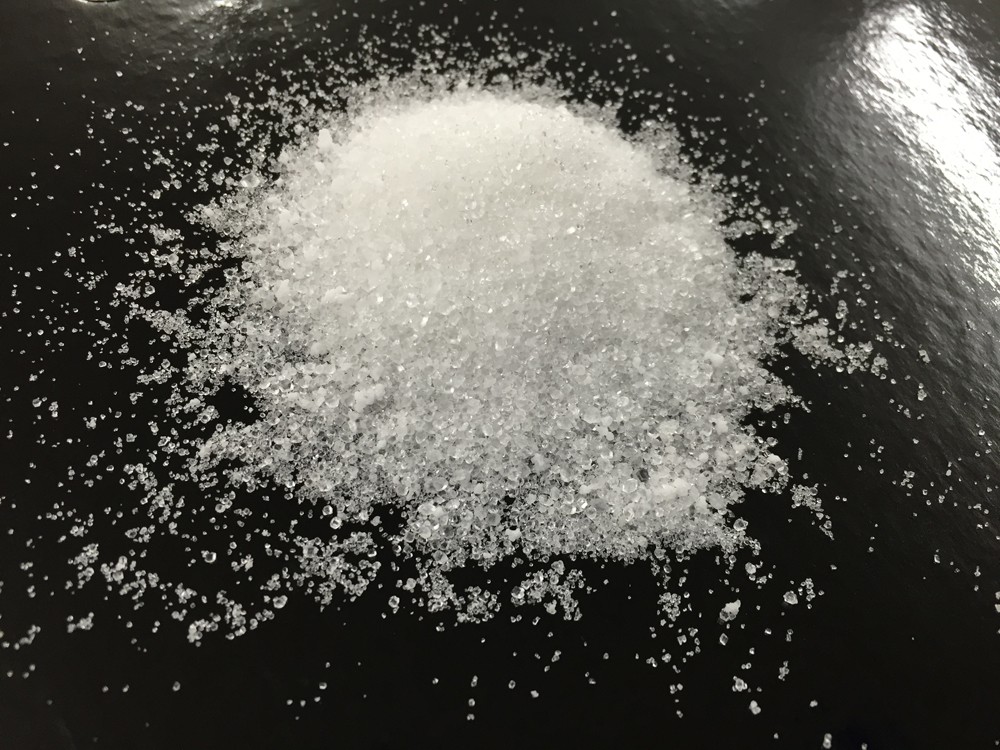
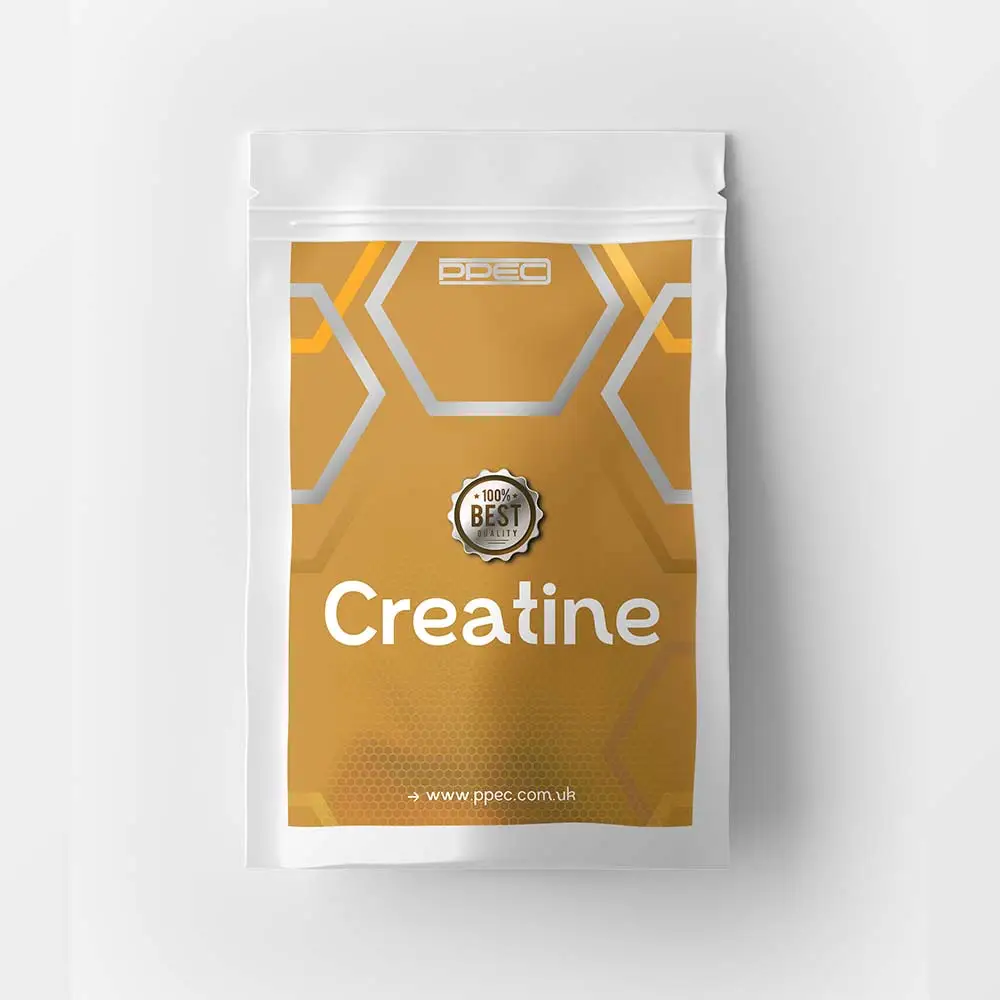
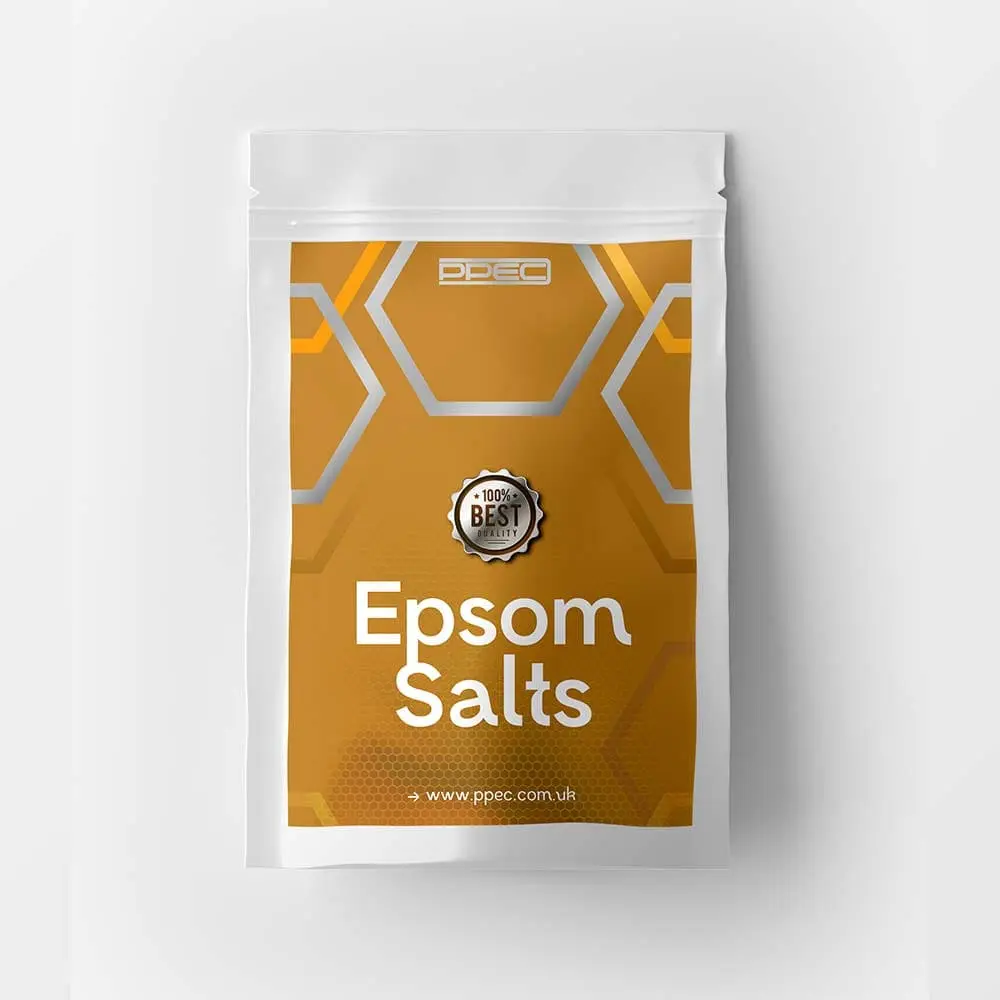
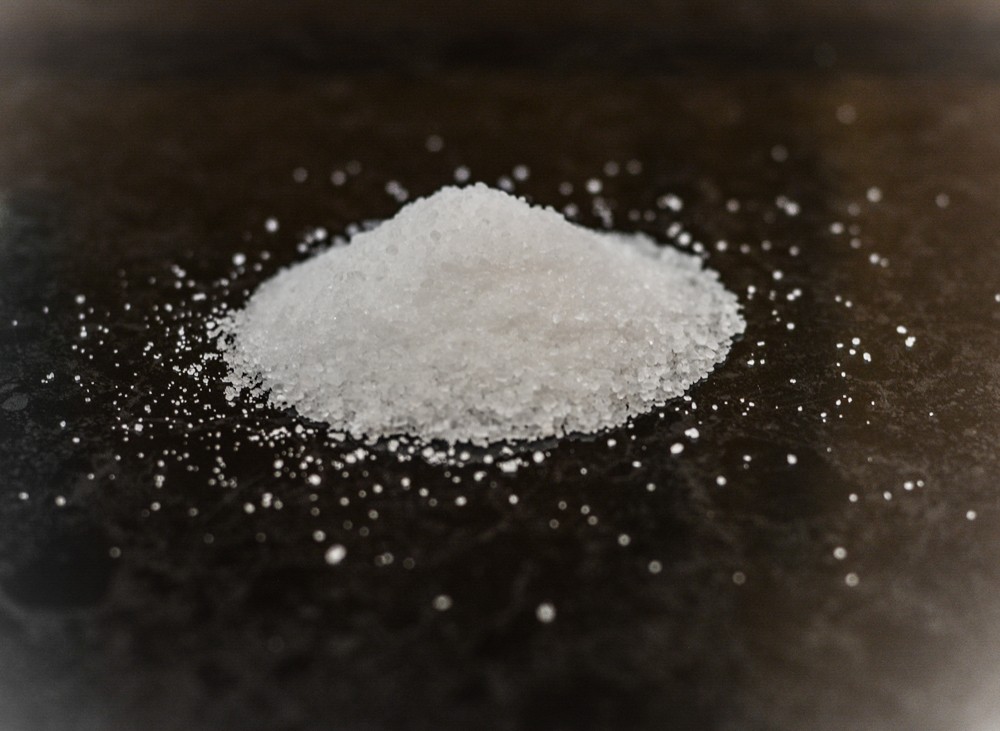
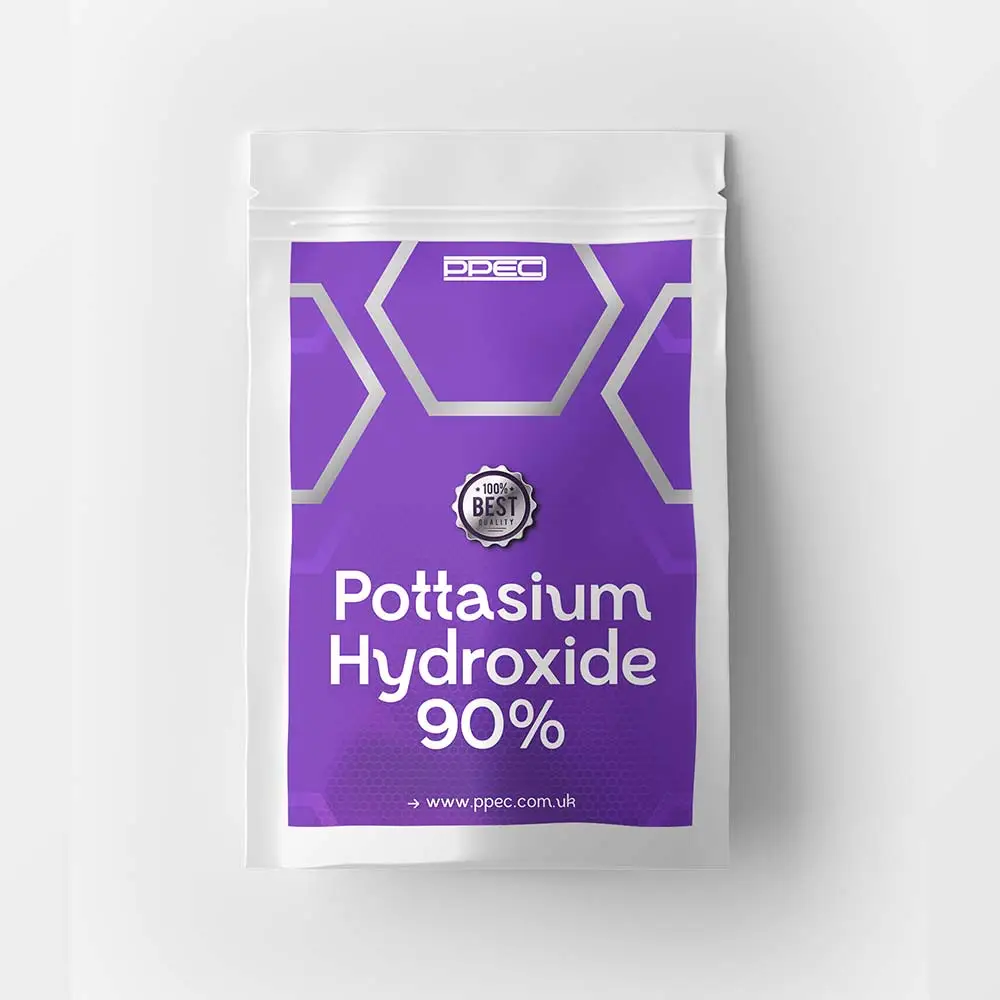
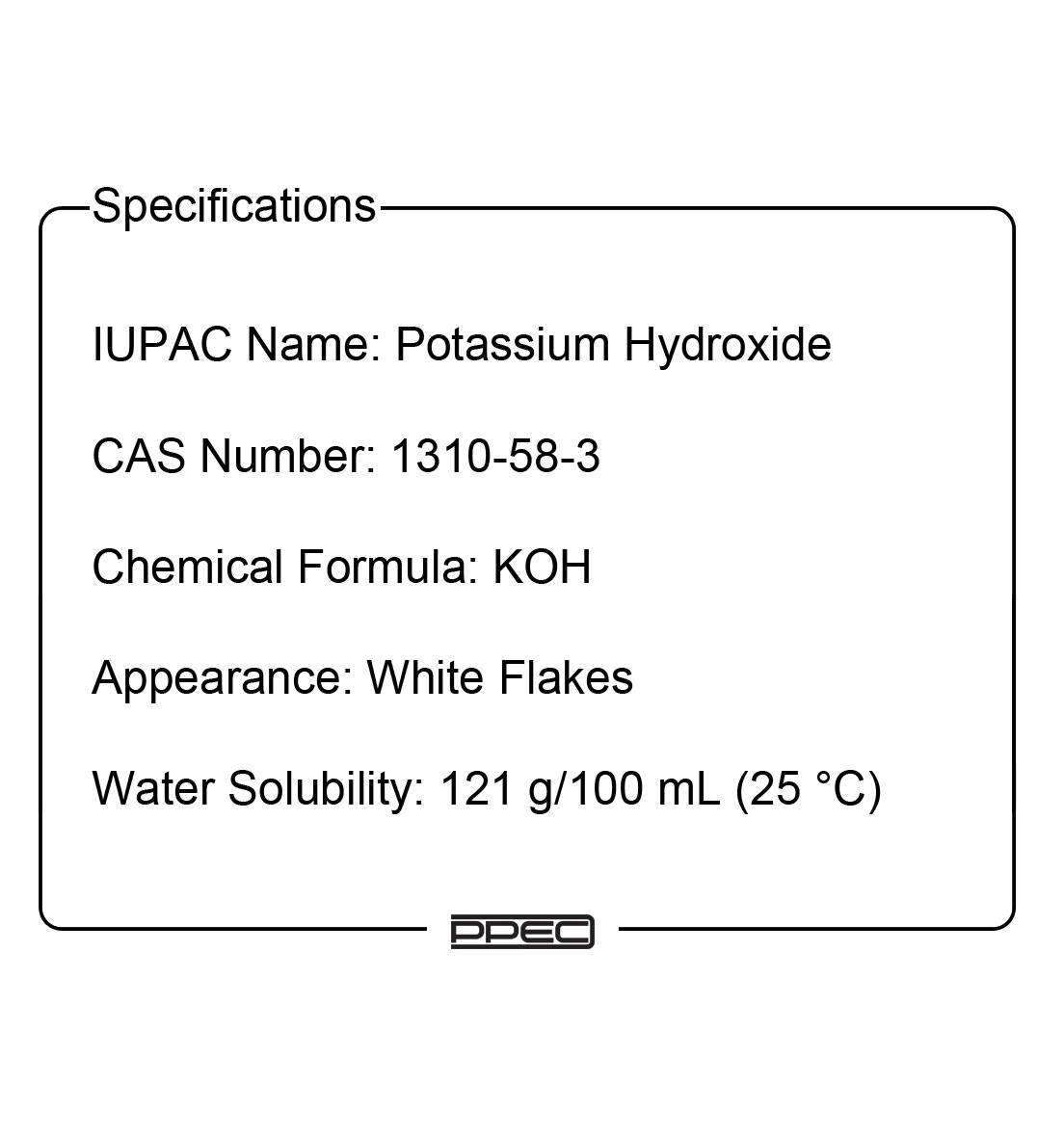

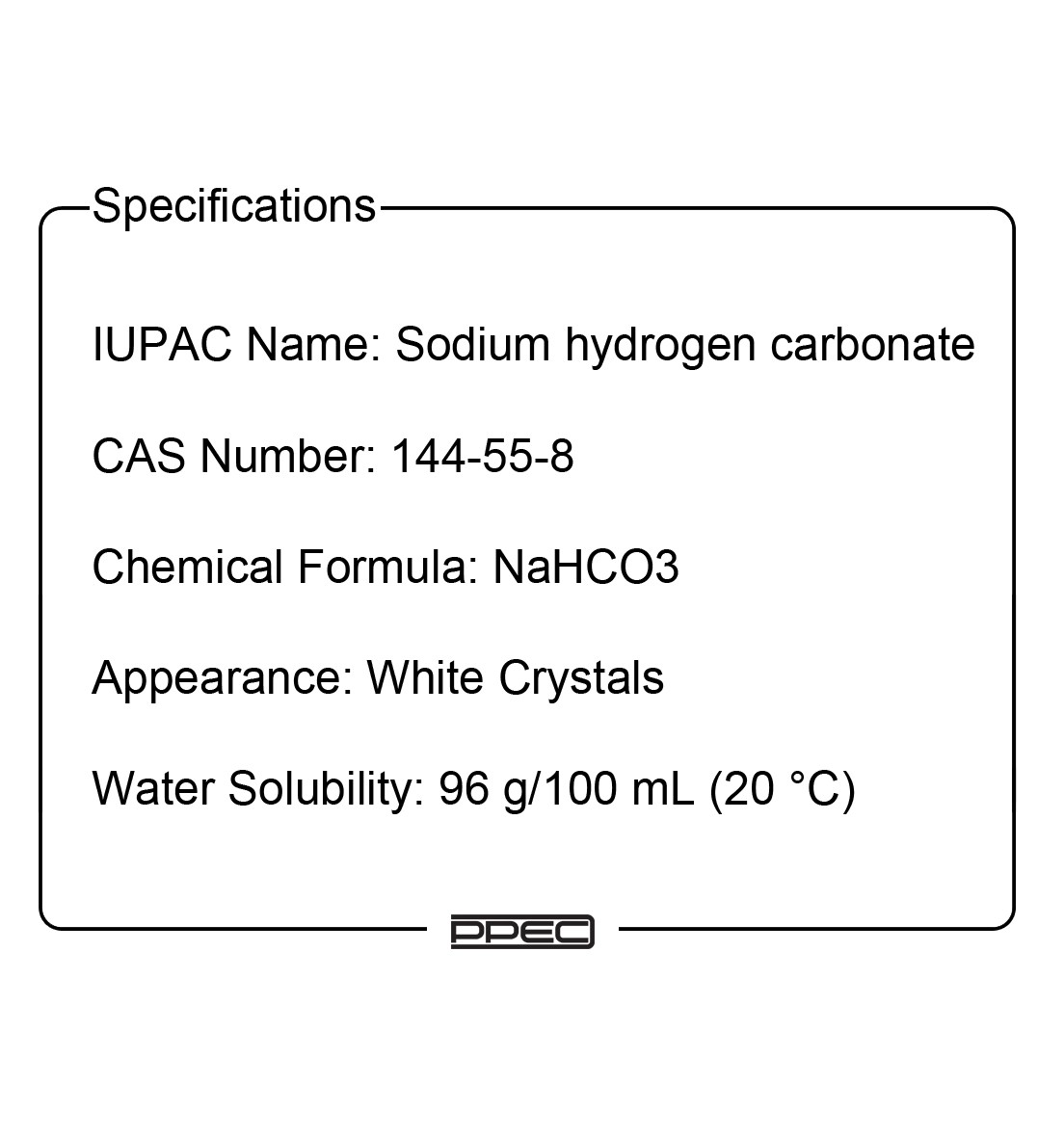
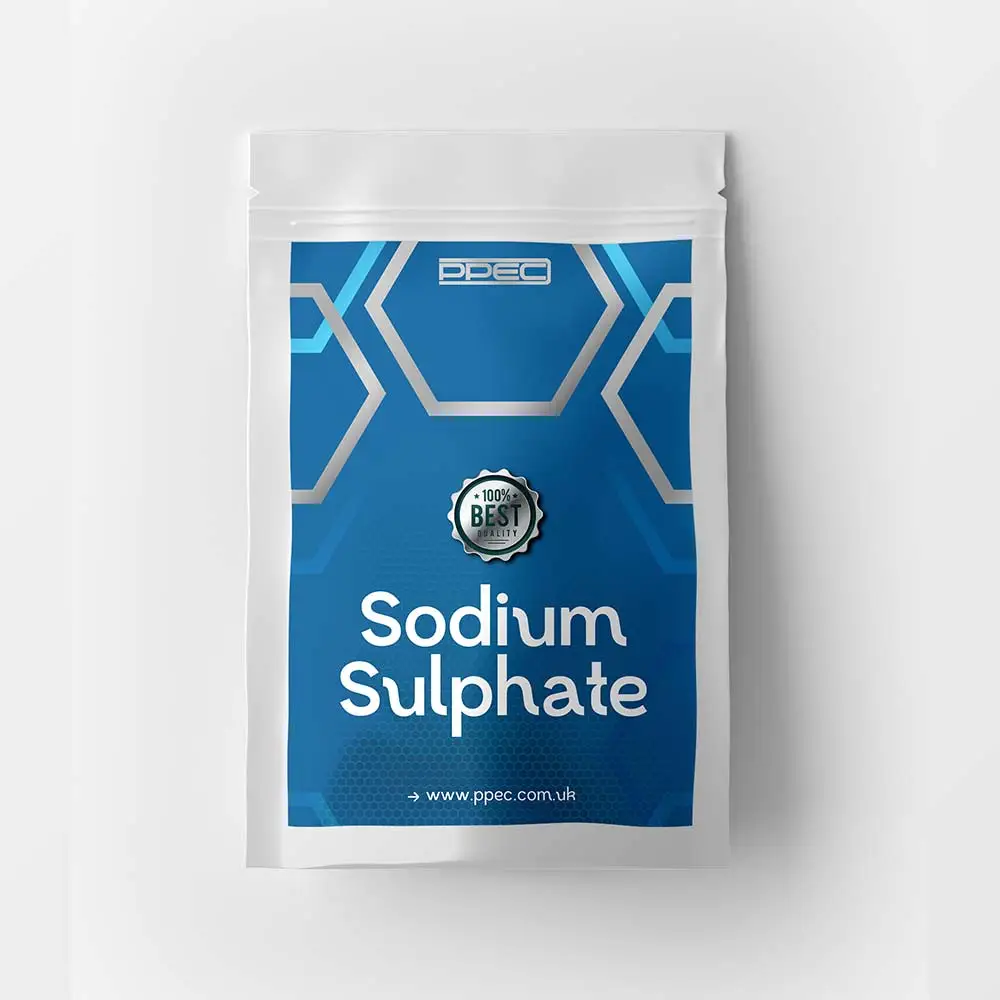
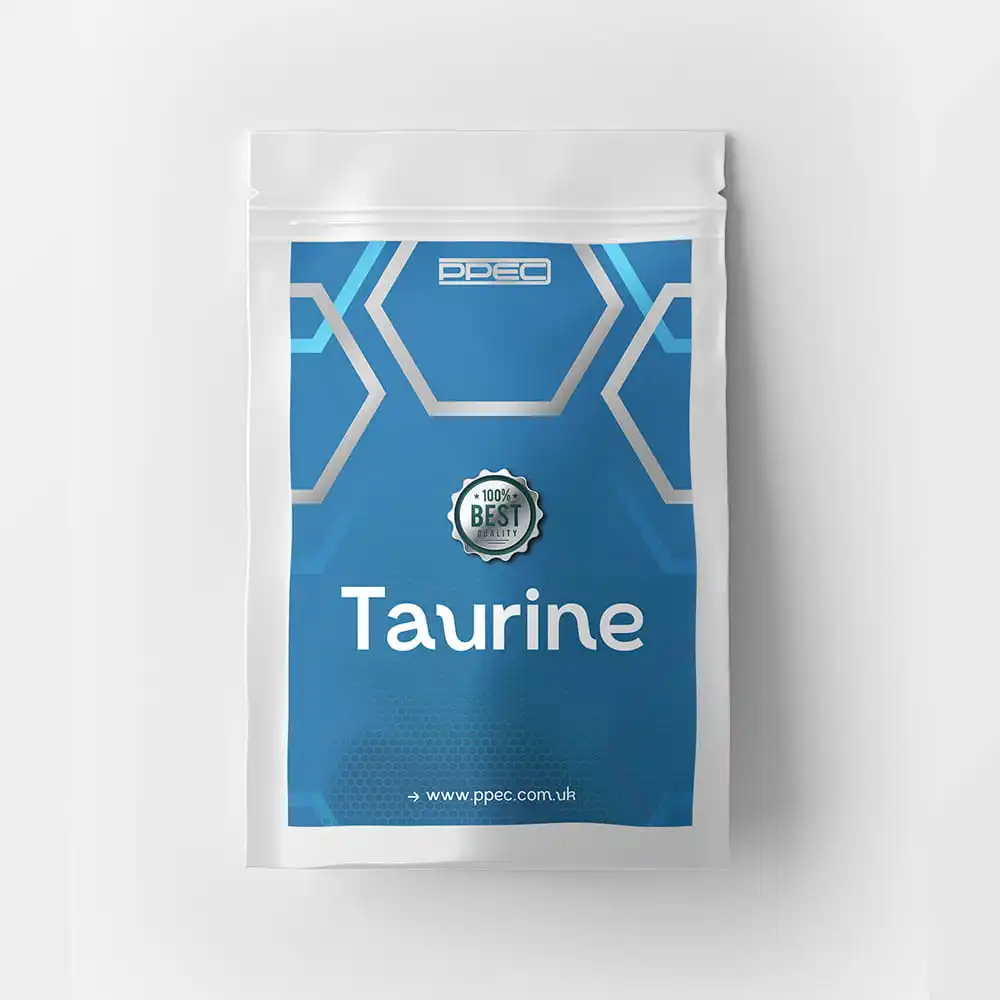
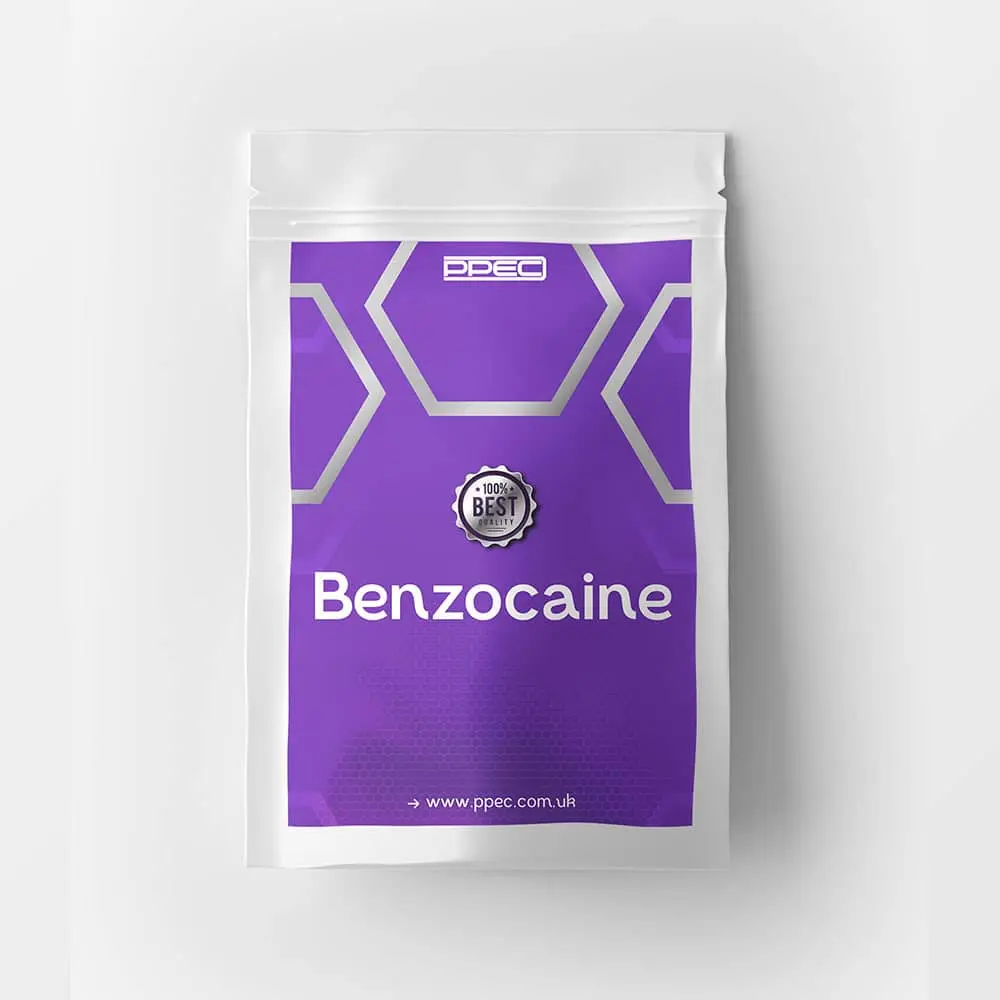
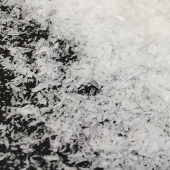
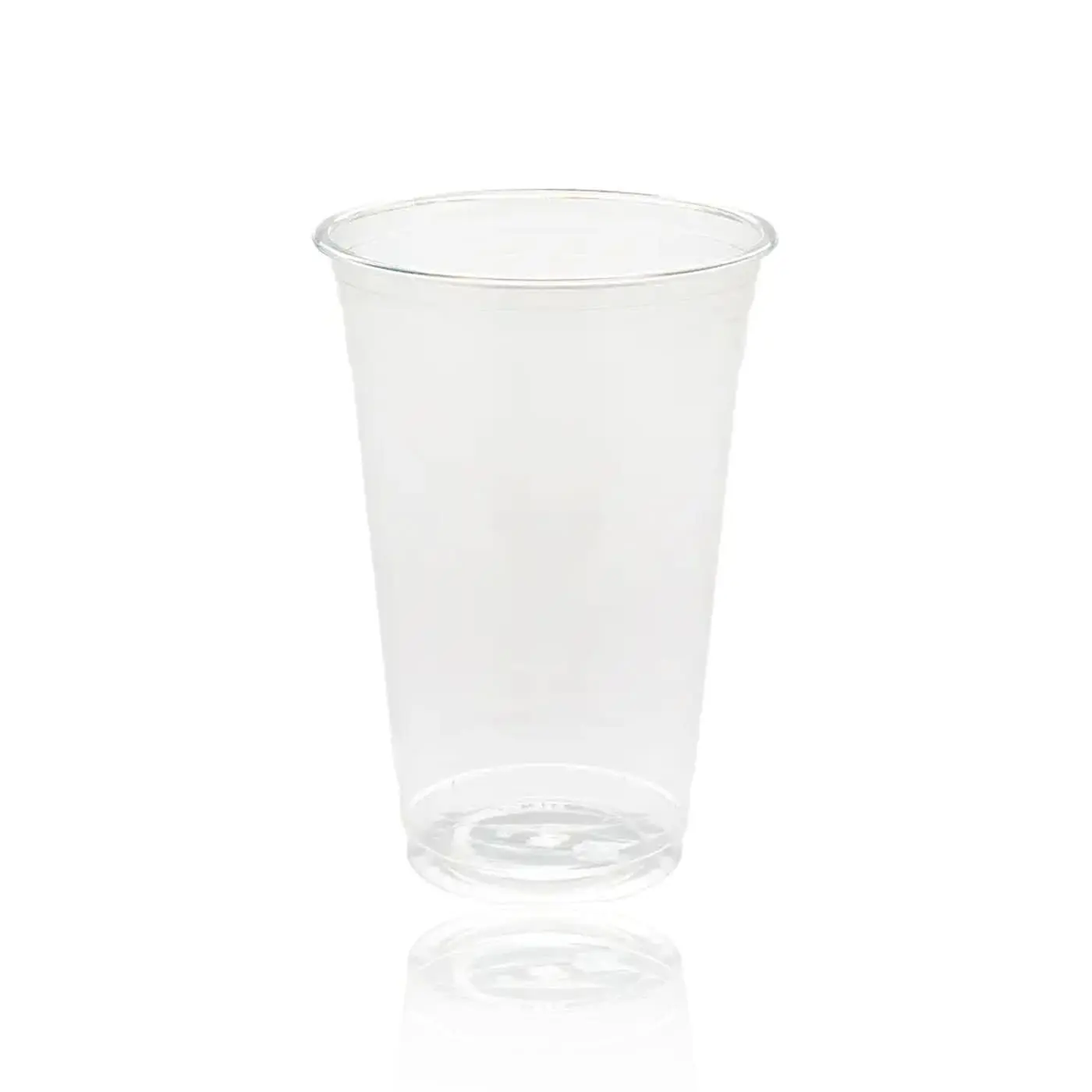
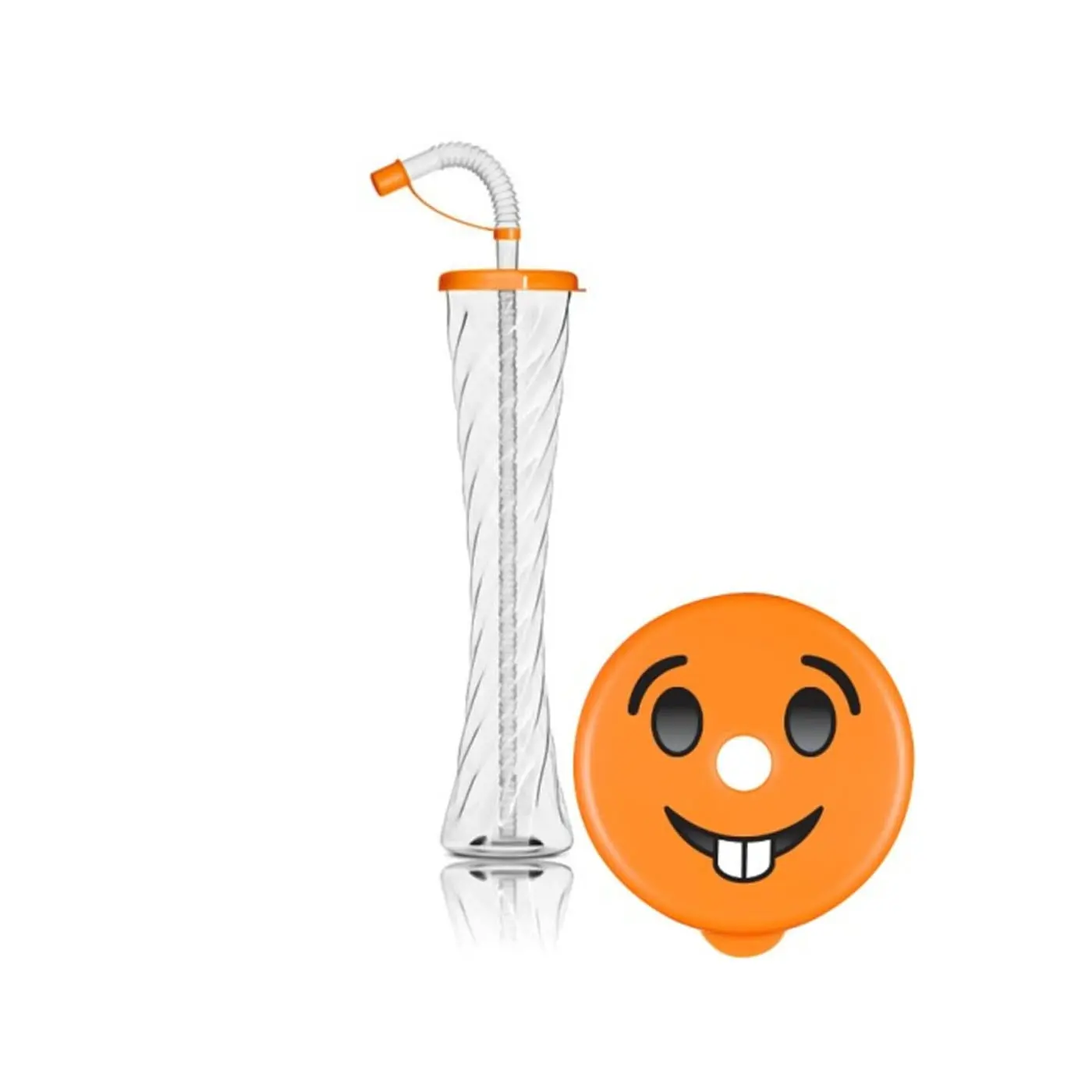
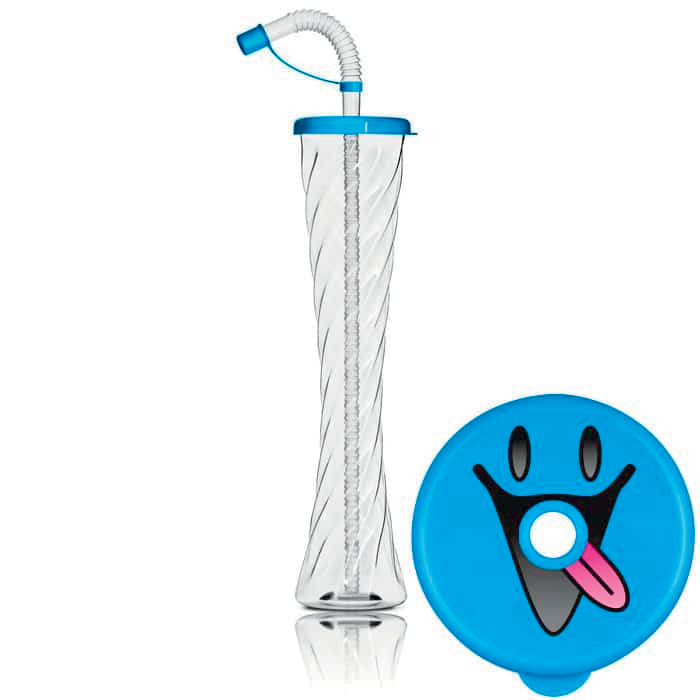
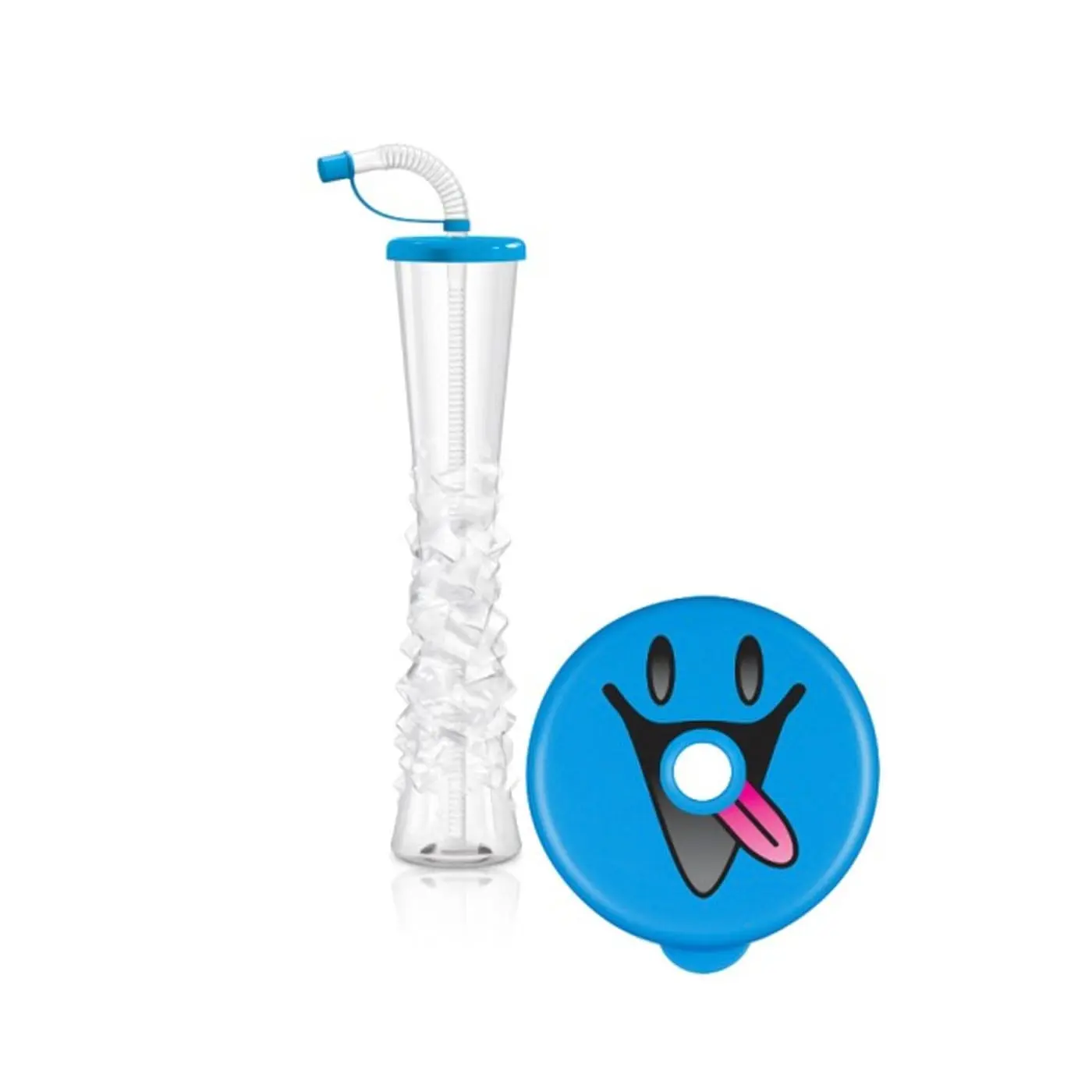
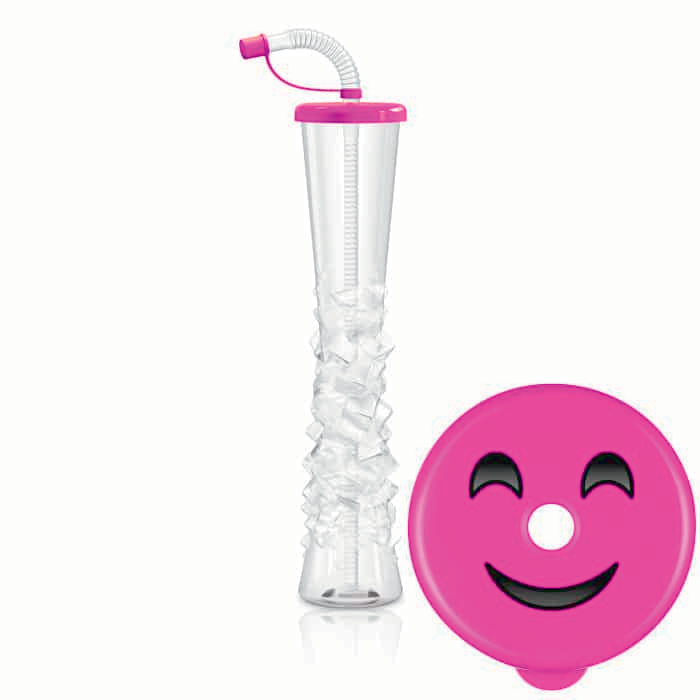
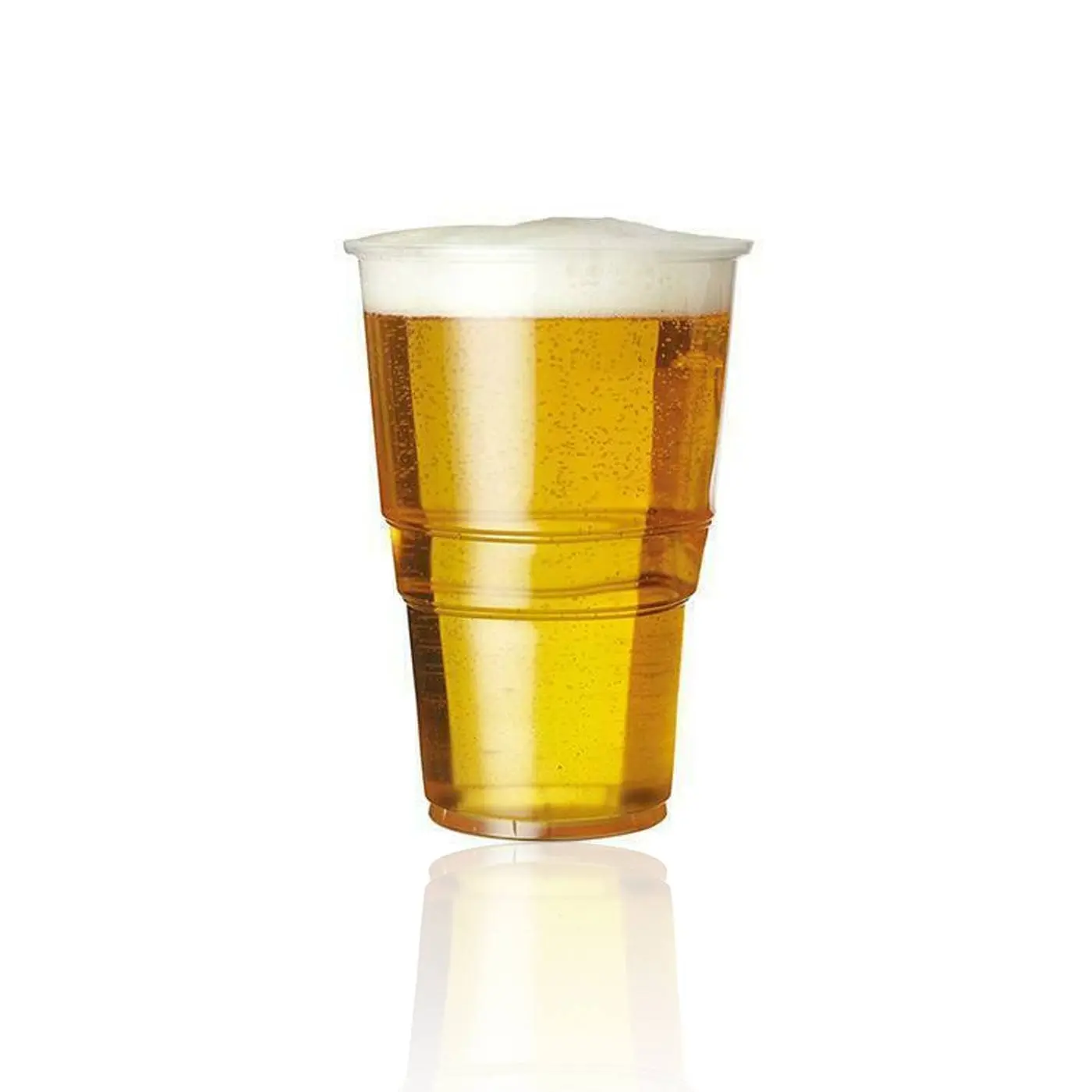
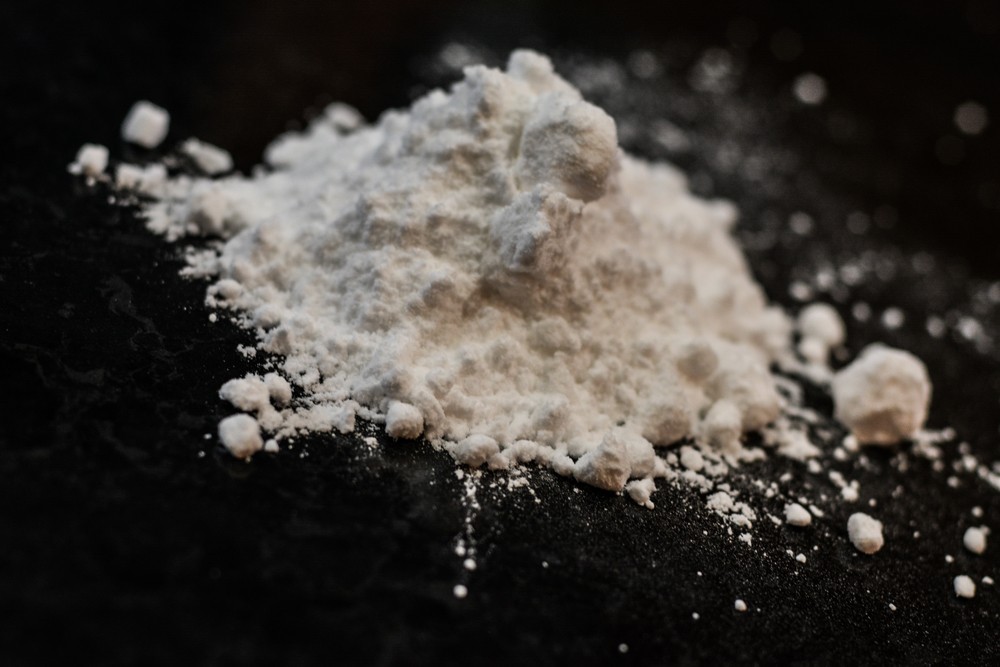

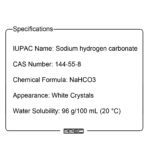
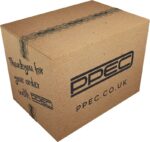
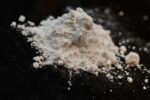
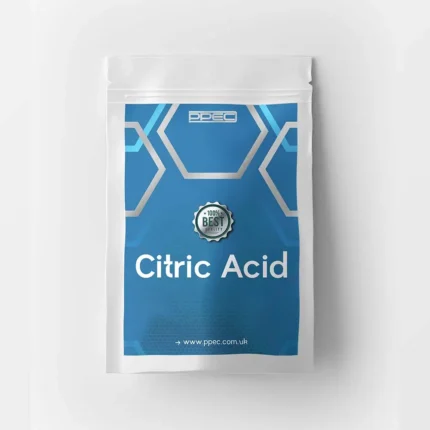
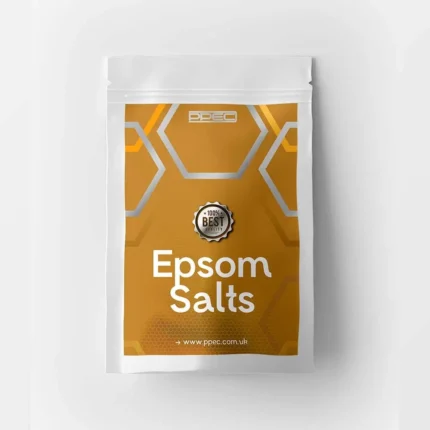
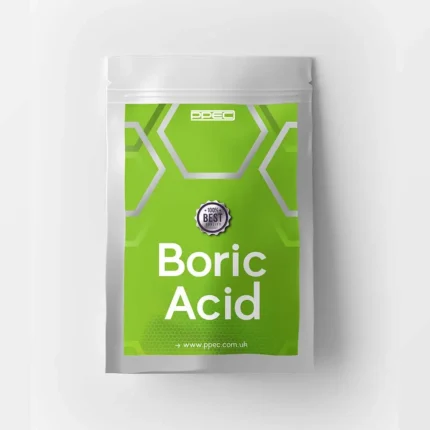
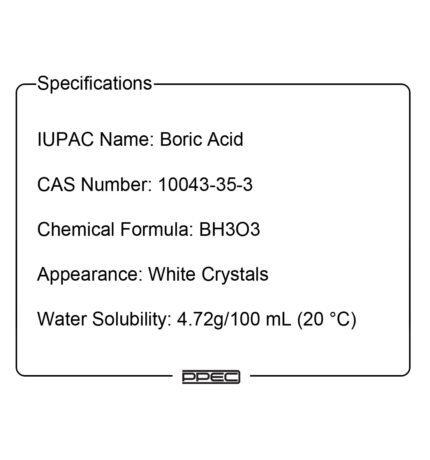
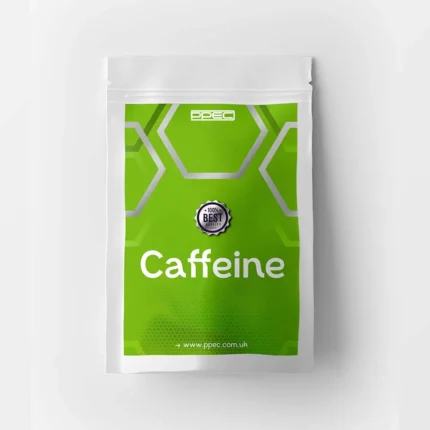
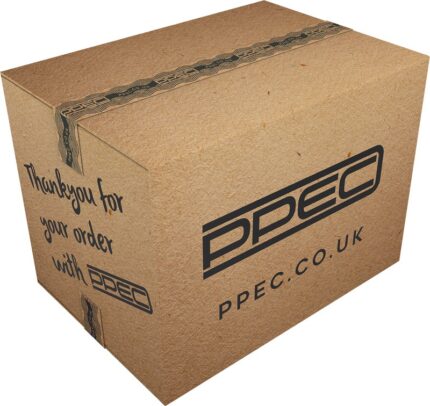
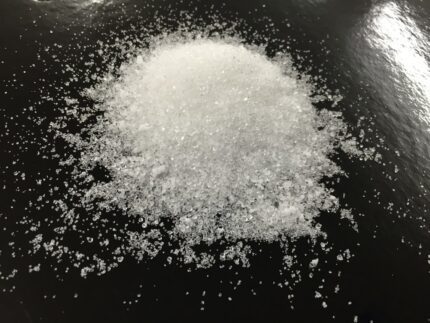
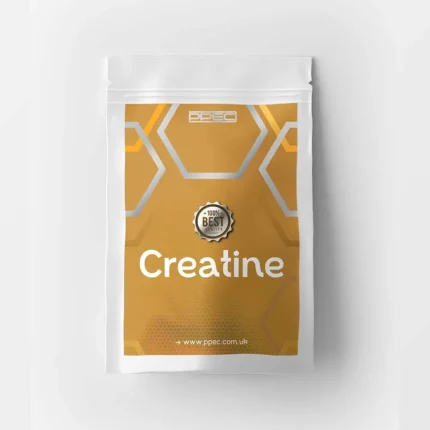
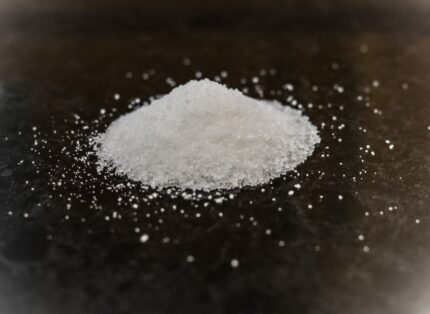
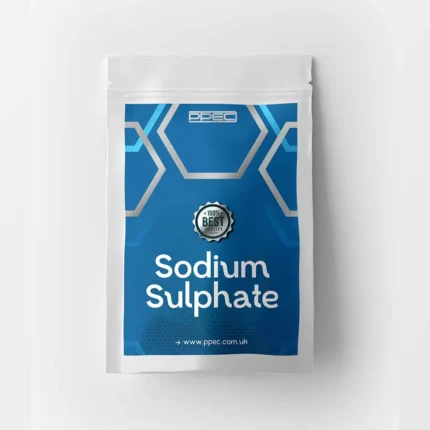
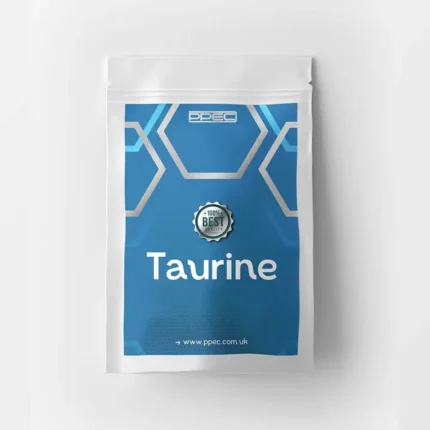
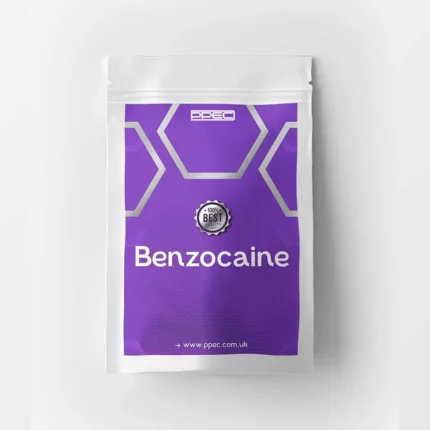
Reviews
There are no reviews yet.